Culturally relevant teaching is gaining traction in educational settings, driven by the recognition of the diverse backgrounds of students. This approach focuses on integrating students’ cultural identities into the learning experience, thereby enhancing engagement and understanding.
Educators face both challenges and opportunities when implementing this pedagogy. Key principles include recognizing students’ cultural references, using inclusive materials, and fostering a supportive classroom environment.
Effective strategies may involve incorporating culturally relevant texts, collaborative projects that celebrate diversity, and ongoing professional development for teachers. Embracing these principles not only enriches the educational experience but also prepares students for a multicultural society.
Definition of Culturally Relevant Teaching
Culturally relevant teaching is an educational strategy that integrates students’ cultural backgrounds into the learning experience. This approach enhances student engagement, ensuring that each learner feels acknowledged and understood. Acknowledging their cultural identity allows students to relate their personal experiences to the curriculum, making the learning process more meaningful and impactful.
This teaching method promotes equity by addressing the varied needs of all students and fostering an inclusive atmosphere. Involving the community in educational practices enriches the learning environment, allowing students to see their own identities represented in the materials. This representation increases their motivation and commitment to their education.
Furthermore, culturally relevant teaching supports students in celebrating their heritage, improving their self-esteem and sense of belonging. When lessons are relevant to students’ lives, they can connect more deeply with the content.
Historical Background and Development
Understanding the historical background of culturally relevant teaching is essential for recognizing its importance in the educational landscape.
This approach has evolved through the influence of various early practices and the insights of key theorists who’ve shaped its progression.
This evolution has led to the development of more inclusive and effective educational strategies that cater to diverse student needs.
Early Influences on Education
Education has been significantly shaped by various movements and philosophies throughout history. Early influences emphasized the need for students to feel a sense of belonging, which in turn fostered cultural identity and educational equity. These foundational concepts highlighted the crucial role of community engagement and social justice, which continue to inform contemporary inclusive practices.
Key influences on education include:
| Influence | Key Focus Area |
|---|---|
| Multicultural Education | Celebrating the richness of diverse cultures |
| Progressive Education | Encouraging student participation and teamwork |
| Critical Pedagogy | Advocating for social justice and empowerment |
| Culturally Relevant Teaching | Supporting identity development through relevant curricula |
| Family Collaboration | Enhancing connections between home and educational institutions |
These influences remain vital in shaping teacher training and the creation of multicultural curricula. Each element plays a role in fostering inclusive learning environments, where students feel appreciated and empowered. Embracing these early influences can lead to a more enriching educational experience, prioritizing student participation and family engagement.
Key Theorists and Contributions
Culturally relevant teaching theories have evolved significantly, shaped by influential theorists who’ve transformed educational practices. Paulo Freire’s Pedagogy emphasizes the importance of dialogue and critical thinking, positioning education as a tool for empowerment.
Gloria Ladson-Billings’ Framework underscores the necessity of recognizing students’ diverse backgrounds and experiences, promoting a sense of belonging within the classroom.
James Banks’ Multiculturalism approach advocates for the inclusion of various perspectives in the curriculum, ensuring representation of all voices.
Similarly, Geneva Gay’s Teaching Methods support culturally responsive pedagogy, linking lessons to students’ real-life contexts.
William Thompson’s Equity Approach emphasizes fairness and justice in education, urging educators to confront systemic inequalities.
Sonia Nieto’s Social Justice framework calls for the creation of inclusive environments where every student can succeed.
Vygotsky’s Cultural Context theory highlights the role of social interactions in learning, stressing the importance of community engagement.
Lastly, John Dewey’s Experiential Learning model encourages the integration of real-world experiences, making education meaningful and relevant.
Collectively, these theorists establish a robust foundation for implementing effective culturally relevant teaching strategies.
Evolution of Teaching Practices
The landscape of teaching practices has evolved significantly over the years, reflecting changes in society and a growing recognition of the diverse needs of students. Culturally relevant teaching is now more important than ever, emphasizing the value of understanding students’ cultural backgrounds to create a sense of belonging in the classroom.
Teacher collaboration has become essential for developing inclusive environments; when educators work together, they can share effective strategies that enhance curriculum adaptation and ensure lessons resonate with all learners.
The emphasis on student engagement has shifted toward recognizing the unique identities of each student, enriching the learning experience. Community involvement is also crucial—when parents and local organizations participate, they help close the gap between home and school, fostering a more supportive educational atmosphere.
Reflective practices allow educators to evaluate their teaching methods and make necessary adjustments to meet the diverse needs of their students. The integration of technology opens up access to a wide range of resources that support interdisciplinary approaches, making learning more relevant and engaging.
Embracing these evolving practices enhances teaching effectiveness and fosters an inclusive environment where every student is valued and empowered to thrive.
Key Principles of Culturally Relevant Pedagogy
Culturally relevant pedagogy is an educational approach that recognizes and values the diverse cultural backgrounds of students. This method aims to enhance engagement and learning by creating an inclusive classroom environment where every student feels a sense of belonging. Central to this pedagogy is cultural competence, which enables educators to appreciate the unique experiences and perspectives that each student brings to the classroom.
An inclusive curriculum plays a critical role in this approach. It should encompass a variety of viewpoints and support students in exploring their identities. This not only affirms their lived experiences but also enriches the entire learning process.
Cultivating critical consciousness is equally important, as it encourages students to analyze societal norms and injustices, establishing connections between their personal experiences and larger social justice issues.
Incorporating reflective practices into teaching allows educators to assess their methods continually and adjust to meet the evolving needs of their students. Implementing equity frameworks ensures that all learners have equal access to opportunities, fostering fairness in educational experiences.
When educators embrace these principles, they can significantly enhance student engagement and empower learners to become active, informed participants in their communities. Adopting these practices transforms the classroom into a vibrant, inclusive space for all students.
Benefits of Culturally Relevant Teaching
Culturally relevant teaching is an approach that connects educational content to the diverse backgrounds and experiences of students. This method enhances student engagement by relating lessons to their real-life experiences, creating a more inclusive curriculum. When students see their identities reflected in their education, it fosters a sense of belonging and affirmation.
This teaching style also builds cultural competence, enabling both teachers and students to understand and engage with various perspectives. It encourages collaboration with the community, forming partnerships that enhance the learning environment.
Reflective practices are integral to this approach, as they help students develop critical consciousness, empowering them to identify and address issues of equity in their own communities and beyond.
Culturally relevant teaching plays a crucial role in promoting social justice by challenging stereotypes and biases. This creates a classroom atmosphere that values diversity and fosters awareness of different viewpoints.
Prioritizing this teaching method cultivates a space where every student’s voice is valued, collaboration is encouraged, and a genuine sense of community is nurtured. Such an environment not only enhances academic success but also prepares students to thrive in an increasingly diverse world.
Strategies for Implementation
Integrating culturally relevant teaching strategies in the classroom is vital for fostering an inclusive learning environment. Understanding your students’ backgrounds and experiences is the first step in creating a curriculum that truly connects with them.
Encourage collaboration among students, allowing them to share their diverse perspectives. Select materials that represent a variety of cultures and histories, ensuring that every student feels acknowledged and valued.
Involving families in the educational process strengthens community ties and enhances cultural connections. Implement hands-on activities that link classroom lessons to real-world situations, helping students apply their knowledge in practical ways.
Use interdisciplinary approaches to examine complex themes from multiple perspectives, enriching the learning experience. Reflective practices are important; encourage students to consider how their learning relates to their lives.
This not only empowers them but also fosters a culturally responsive atmosphere. Incorporating these strategies creates a classroom environment where each student feels a sense of belonging and contributes to the shared learning journey.
The aim is to cultivate respect and appreciation for diversity, enriching the educational experience for all.
Challenges and Solutions
Integrating culturally relevant teaching strategies is vital for fostering an inclusive classroom environment. However, educators encounter several obstacles in this endeavor. One major challenge is addressing the cultural biases that may exist within the classroom. Often, teachers lack sufficient training to identify and confront these biases, which can result in misunderstandings regarding students’ needs.
To effectively address this issue, teacher training programs should emphasize the importance of recognizing cultural differences and adapting curriculum practices accordingly. Involving the community is also crucial; engaging parents and local leaders helps create a supportive network that enhances inclusivity.
Empowering students to share their cultural experiences is another essential aspect. Encouraging students to express their backgrounds not only enriches classroom discussions but also fosters a strong sense of belonging among peers.
Resource allocation presents another challenge, as many schools struggle to provide the necessary materials and support for culturally relevant initiatives. It’s important to advocate for policies that prioritize diversity in education, ensuring that changes are sustainable and beneficial for all students.
For instance, schools could implement workshops focused on cultural competence, providing teachers with practical strategies to support diverse learners.
Case Studies in Practice
Culturally relevant teaching is crucial for fostering an inclusive and engaging learning environment. This approach recognizes and values students’ diverse backgrounds, helping to enhance their educational experiences.
Real-world examples of successful implementation demonstrate how varied classroom strategies can effectively engage all students. The following case studies will provide practical insights and methods that can inspire and improve your own teaching practices.
Successful Implementation Examples
Culturally relevant teaching is essential for creating engaging and effective educational experiences. When educators incorporate culturally responsive practices, they can better connect with their students and foster a sense of belonging.
For example, schools that prioritize community involvement can design curricula that reflect the diverse backgrounds of their students. This approach not only enhances the relevance of the material but also strengthens students’ ties to their cultural identities.
In successful implementations, teacher training programs emphasize cultural responsiveness, equipping educators with the necessary skills to engage all students effectively. Collaboration between teachers and parents plays a crucial role in this process, as it allows for the alignment of assessments with the cultural contexts of students.
Furthermore, integrating technology can enhance learning by providing resources that showcase diverse cultures. Ongoing professional development focused on equity helps teachers refine their methods and ensure inclusivity in their classrooms.
Diverse Classroom Strategies
Diverse classroom strategies enrich the educational experience for both educators and students. These inclusive practices foster an environment where all identities are recognized and celebrated, enhancing student engagement and ensuring that everyone feels valued.
Differentiated instruction plays a pivotal role in addressing the unique needs of learners. Tailoring teaching methods to accommodate various learning styles and abilities ensures that all students have equitable access to knowledge.
Cooperative learning enhances this approach by encouraging teamwork, allowing students to learn from each other and cultivate a supportive community.
Involving the community is also crucial. Engaging parents and local organizations in the classroom and curriculum strengthens connections and enriches the learning environment with diverse perspectives and experiences.
Cultural responsiveness is vital for the effective implementation of these strategies. Understanding and respecting the diverse backgrounds of students helps create equitable frameworks that reflect their realities, ultimately leading to a more inclusive educational experience.
Assessment and Evaluation Techniques
Assessment and evaluation techniques play a crucial role in culturally relevant teaching. They enable educators to measure students’ understanding and engagement effectively. Formative assessments are essential for tracking student progress, allowing teachers to adjust their instructional methods as needed.
Culturally responsive evaluations ensure that the diverse backgrounds and experiences of all students are acknowledged in the assessment process, fostering a sense of belonging. Collecting student feedback is important; it empowers learners and enhances teaching effectiveness.
Fair grading practices consider each student’s unique context and challenges, promoting equity in assessments. Inclusive rubrics set clear expectations and cater to various learning styles, supporting all students in their educational journey.
Performance assessments give learners the opportunity to showcase their skills in real-life situations, enhancing engagement and making learning more relevant. Incorporating peer evaluations can build a collaborative classroom atmosphere where students learn from each other, improving their critical thinking skills.
Narrative evaluations provide a comprehensive perspective on student development, emphasizing growth over mere numerical scores. Integrating these techniques cultivates a more inclusive and effective learning environment, ensuring that every student feels valued and understood.
Future Directions in Culturally Relevant Teaching
Culturally relevant teaching is an essential approach for educators aiming to create inclusive and engaging learning environments. As assessment and evaluation methods change, it’s crucial to consider how these shifts impact culturally responsive practices. A significant trend is the increasing focus on global perspectives, which highlights the importance of understanding and valuing diverse cultures in the educational experience.
To enhance this, integrating technology can play a vital role; utilizing digital tools allows educators to connect students with resources that reflect their unique identities and backgrounds.
Engaging with the community is another key element in this process. Collaborating with local organizations can help foster a supportive atmosphere that empowers students and promotes cultural responsiveness. Such partnerships not only enhance the learning experience but also fortify the relationship between schools and their surrounding communities.
Policy considerations are also critical. Advocating for inclusive educational policies ensures that culturally relevant teaching becomes a standard practice within institutions. Teacher training programs need to adapt to prepare educators with the necessary skills to implement these strategies effectively.
Incorporating these components will help establish a classroom environment where all students feel acknowledged and valued. The objective is to cultivate a sense of belonging, transforming culturally relevant teaching into a practical experience for both educators and students.
Conclusion
Culturally relevant teaching theories play a crucial role in enhancing education. They not only recognize the diverse backgrounds of students but also create an environment where each individual feels appreciated and empowered. This approach benefits all learners, fostering a sense of belonging and promoting collaboration. When educators apply these principles and strategies, they can transform their classrooms into vibrant communities that encourage growth and connection among students. Embracing cultural diversity is essential for effective teaching and learning, as it helps students relate their experiences to the curriculum, making education more meaningful and engaging.

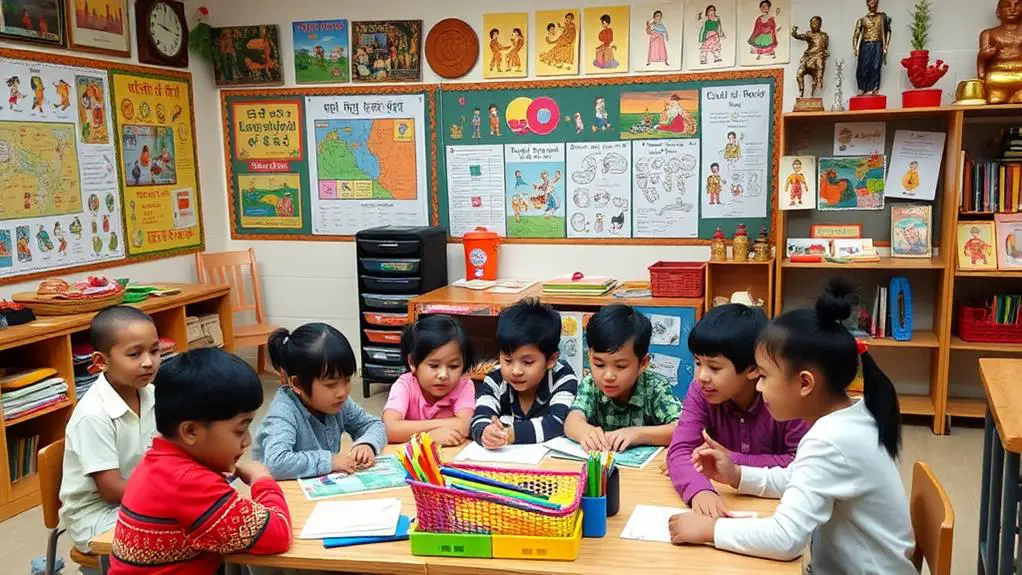
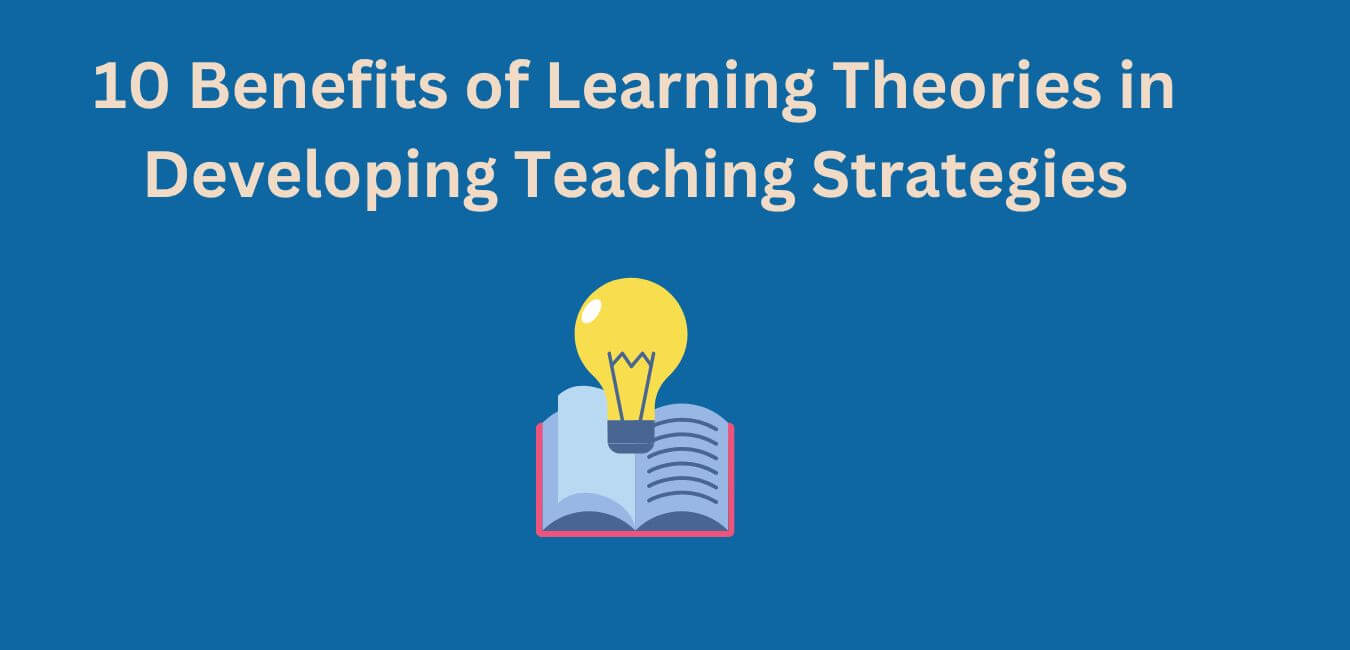
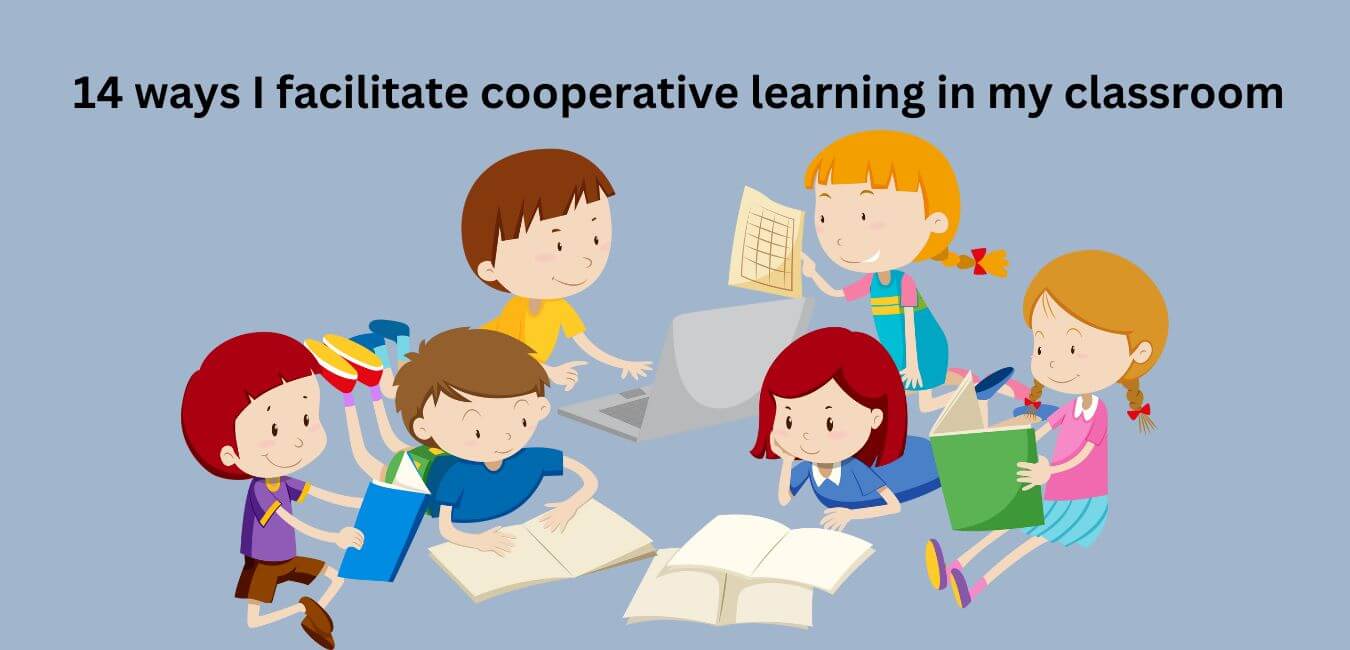
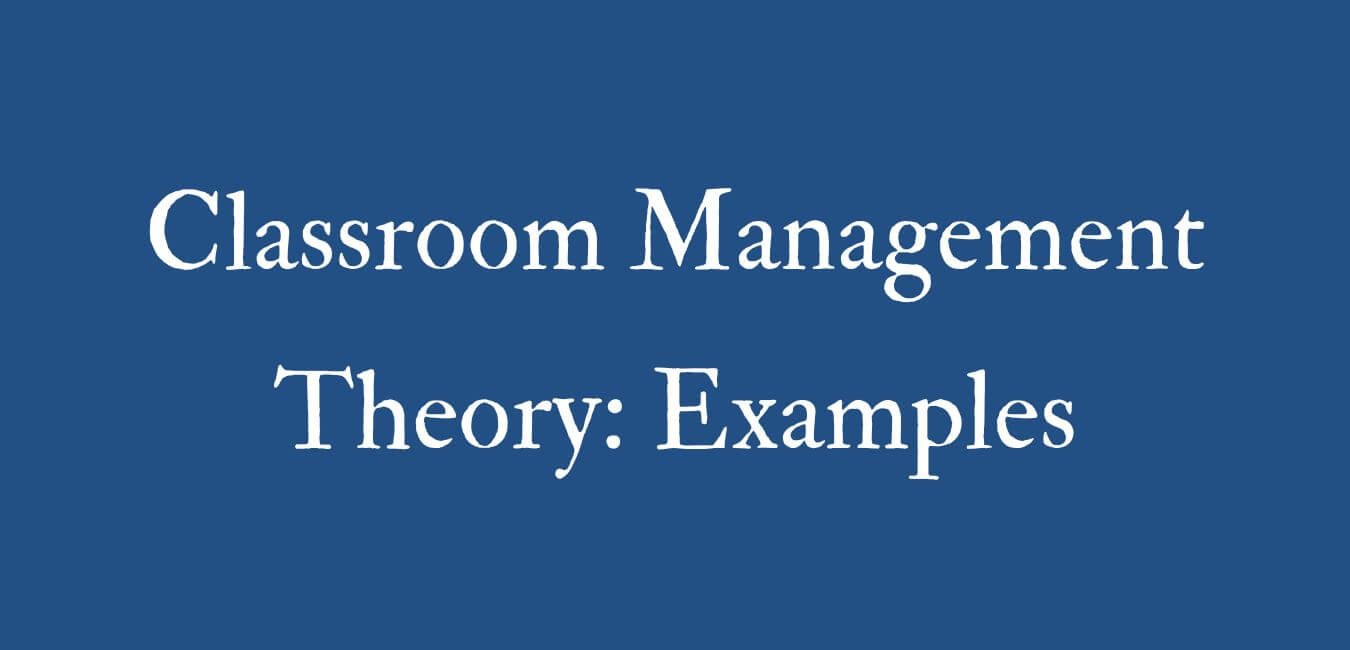
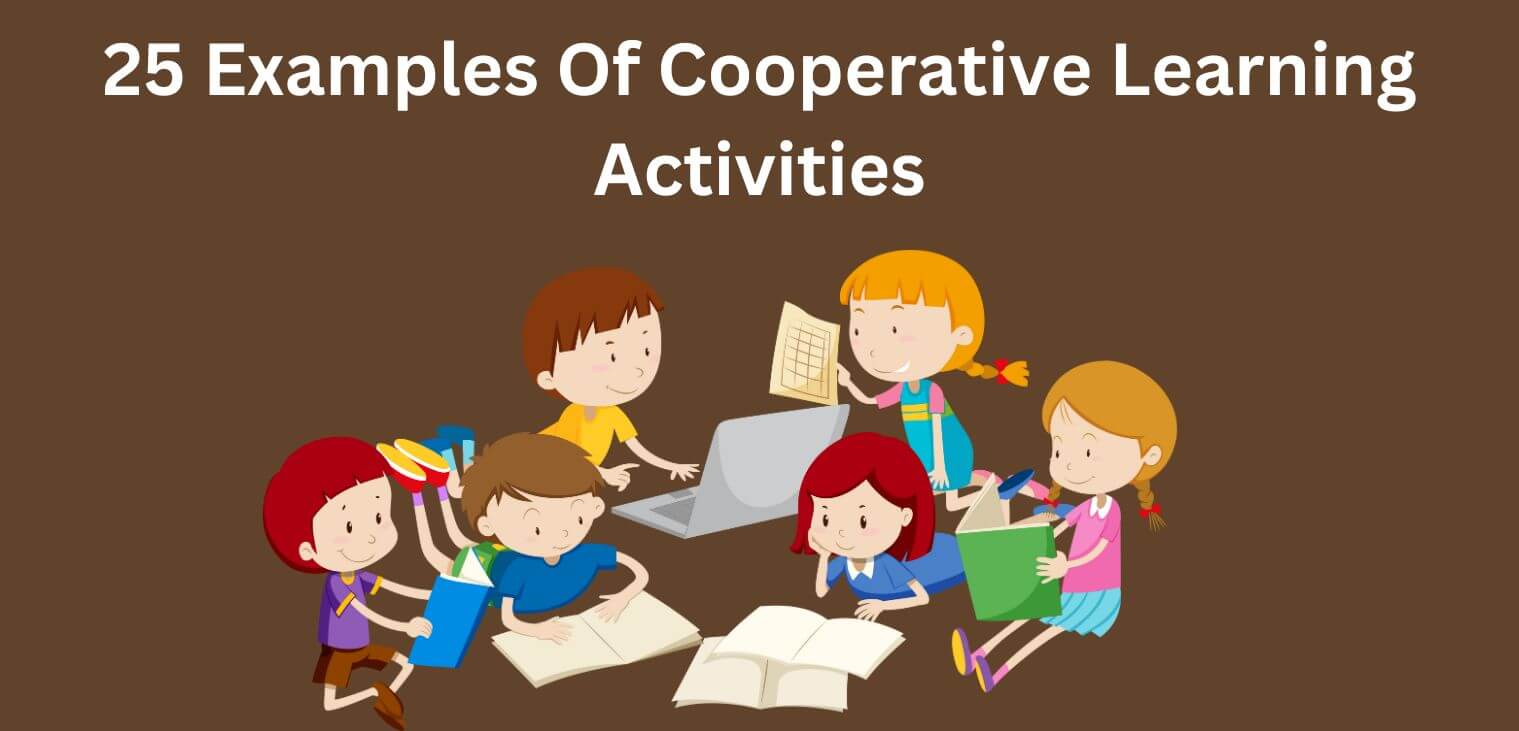
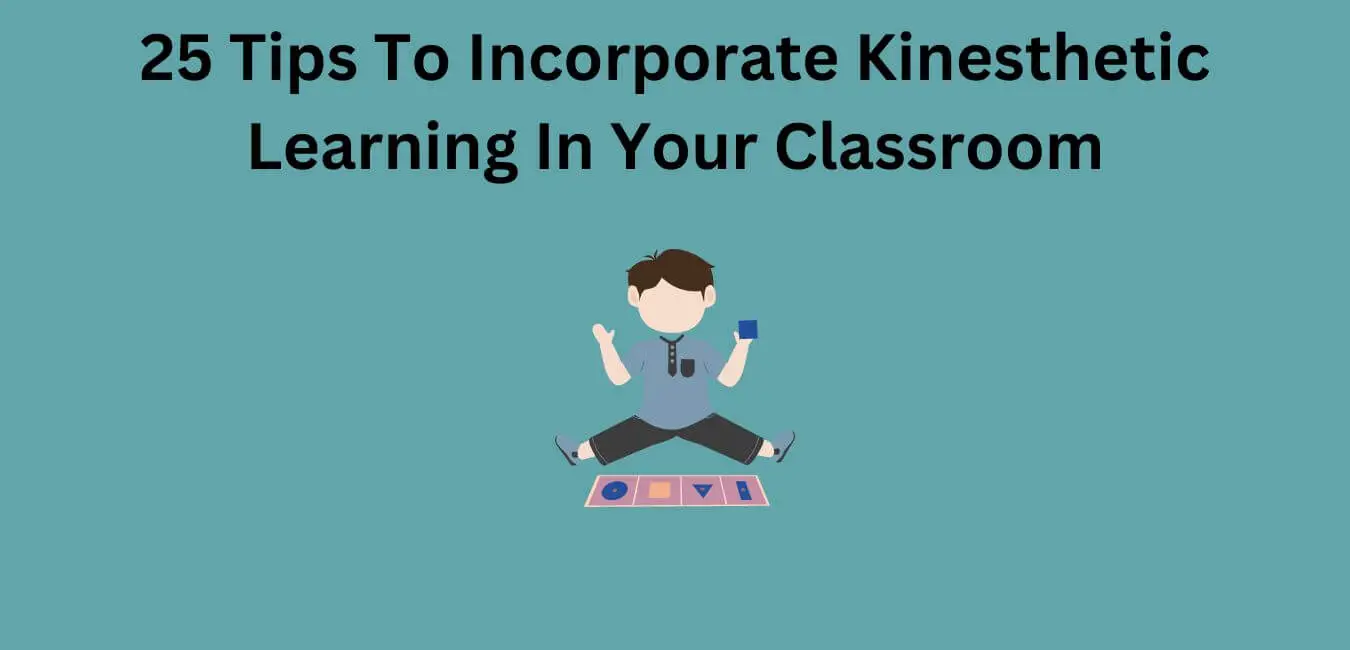
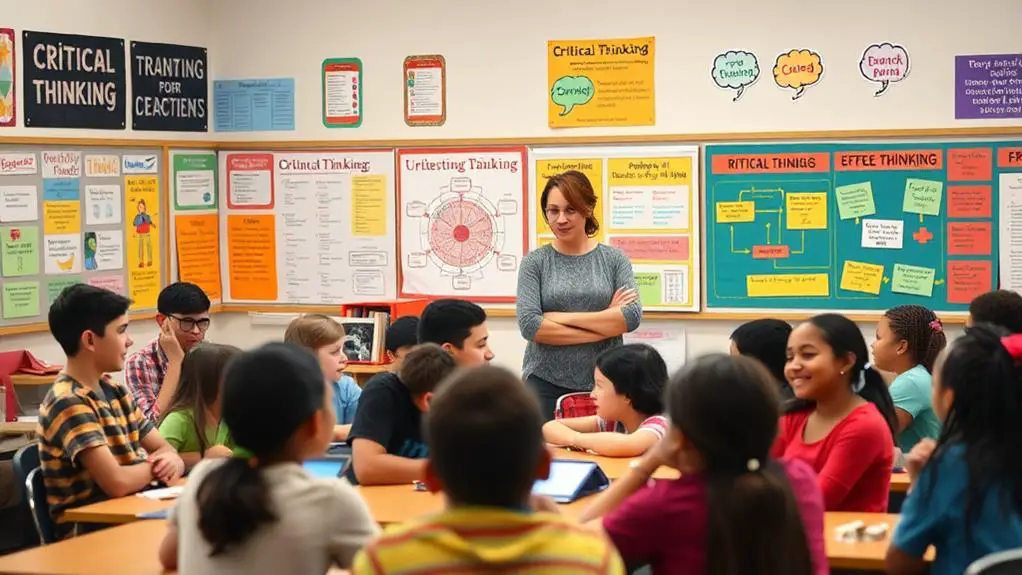
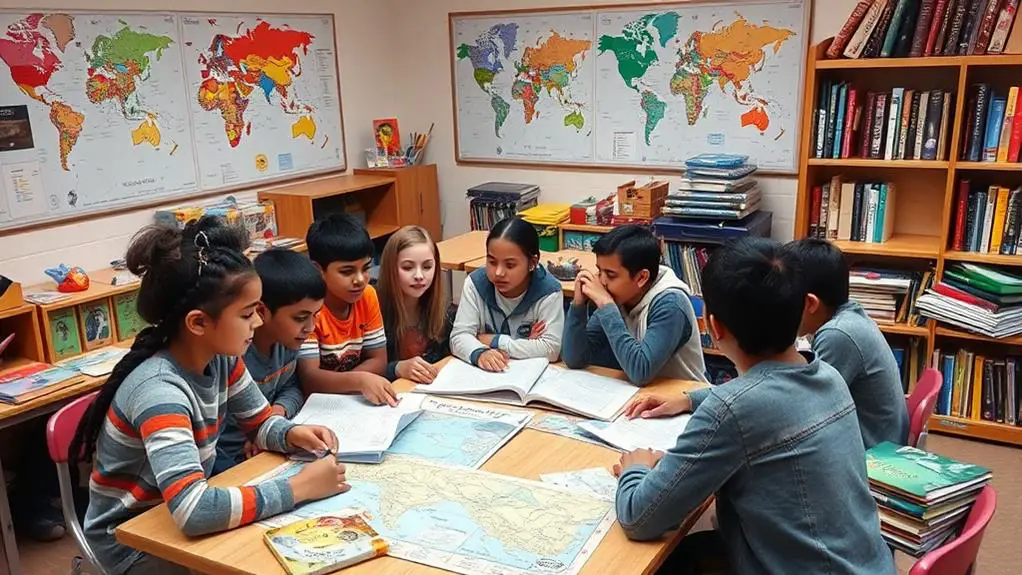
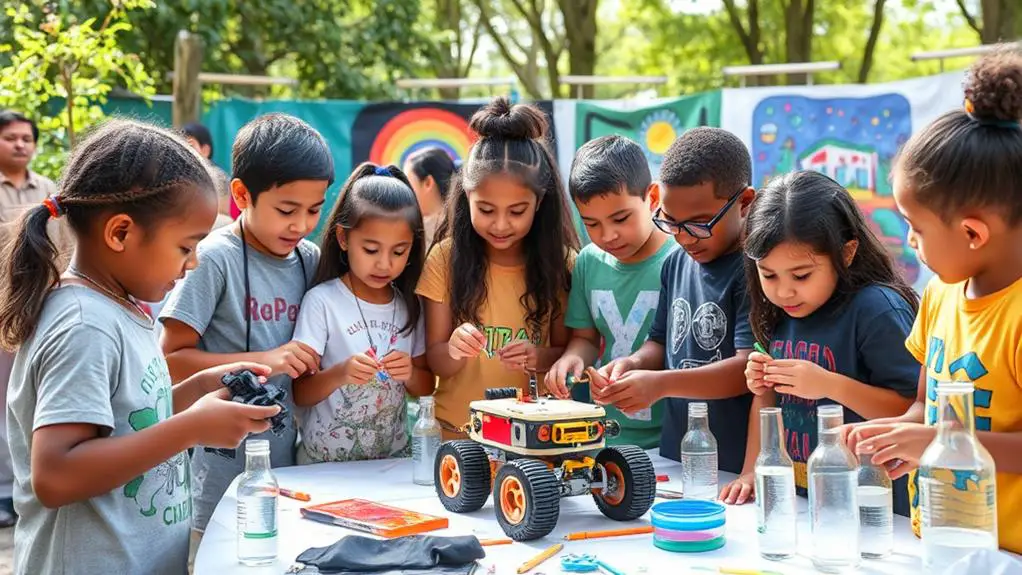
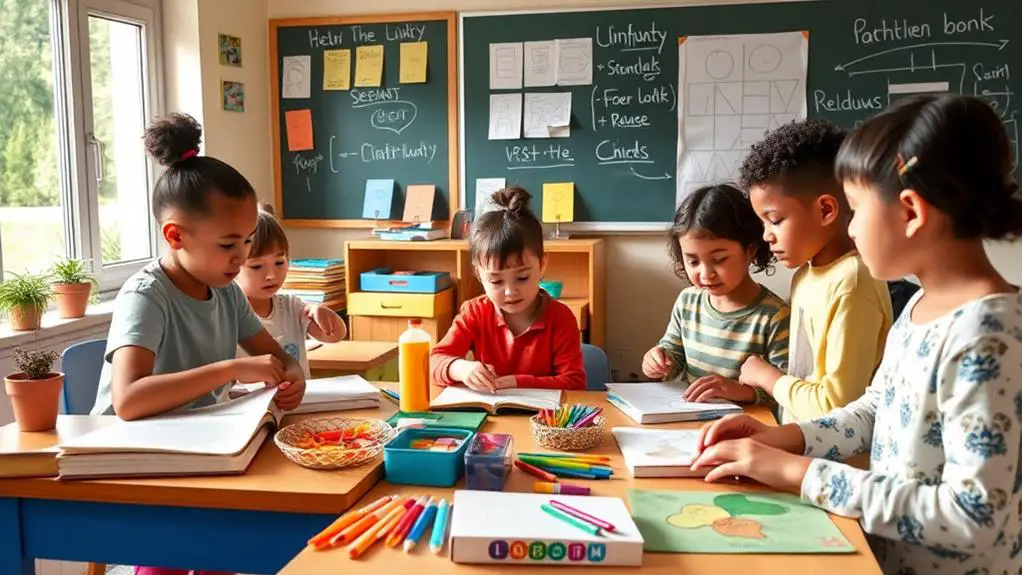
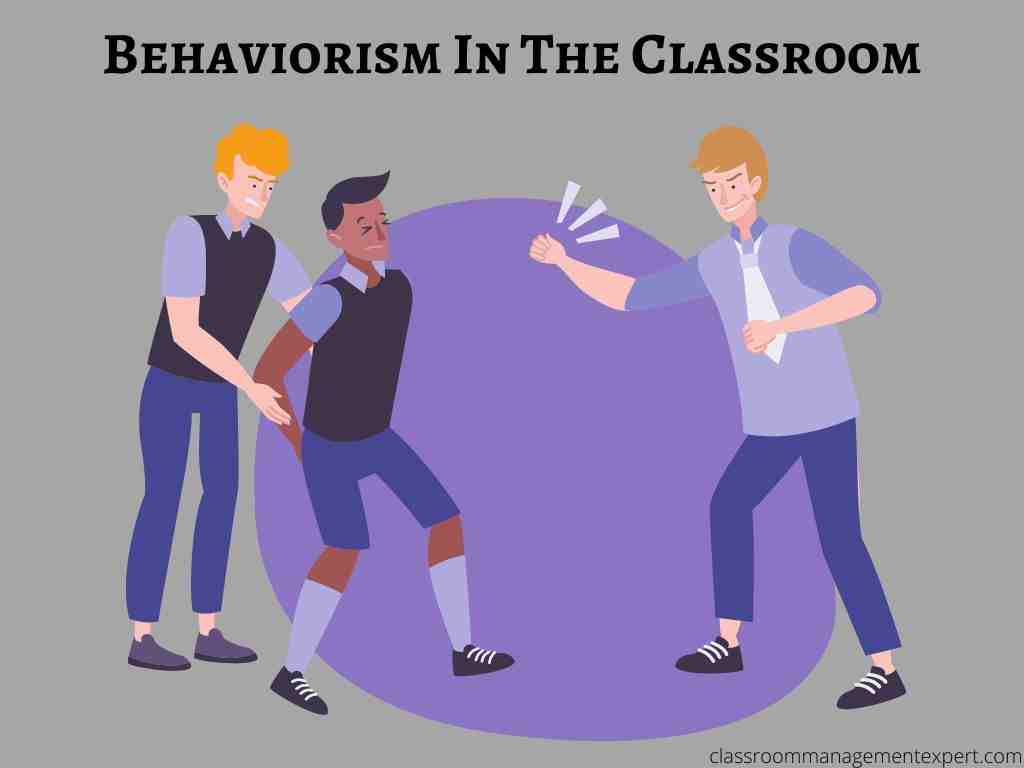

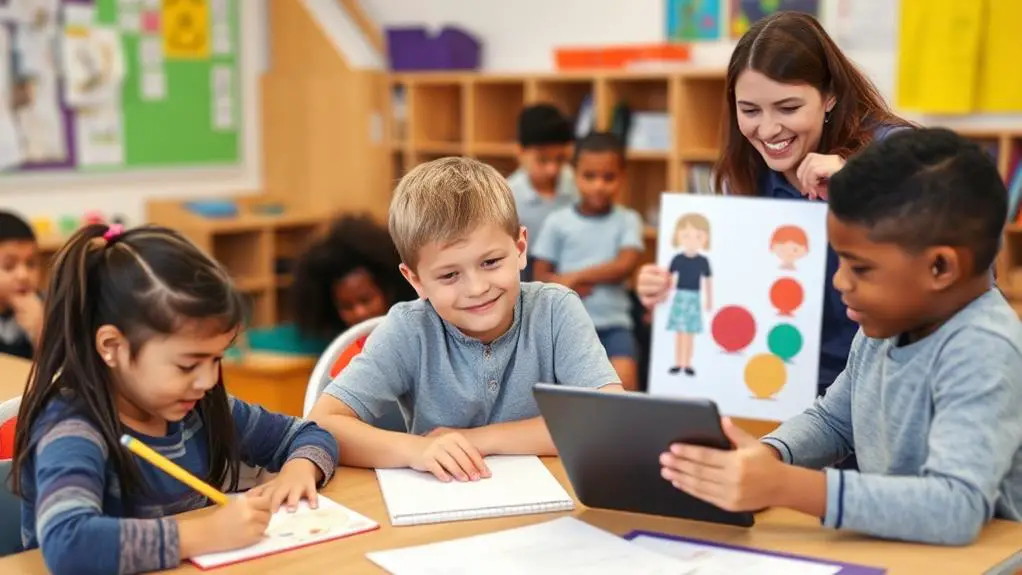




Leave a Reply